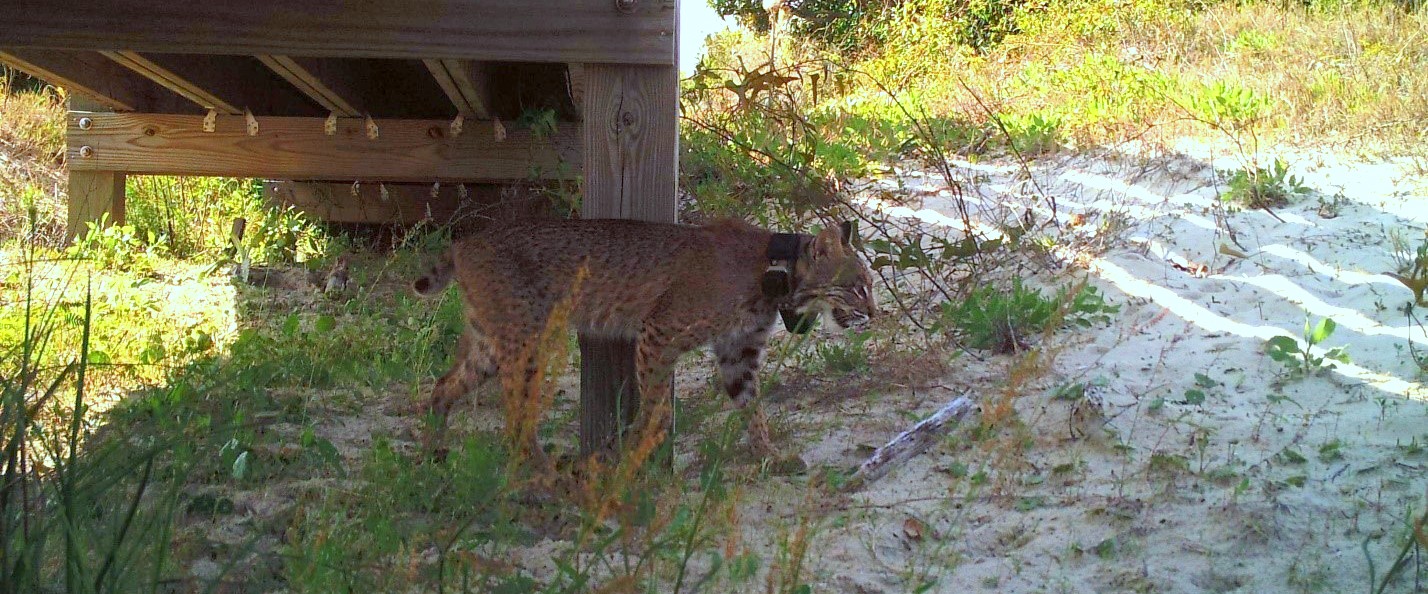By Joseph Colbert, JIA Wildlife Biologist
Last year through support from Jekyll Island Foundation donors, the Jekyll Island Authority Conservation department research team introduced its Eastern Diamondback Health Study (EDHS). When the study began, a search of resources and known literature was conducted to learn more about snake health only to discover there is very little information available on the subject. This is particularly true of the eastern diamondback rattlesnakes that researchers have been working with for a decade on the island, which presented an opportunity for the first Jekyll Island study of its kind.
The purpose of the EDHS was to evaluate what blood chemistry can reveal about snake health. For example, when people go to a doctor for a check-up, they provide a blood sample, and if the results show they are high or low in a specific value, such as calcium, proteins, or triglycerides, those results give the doctor information about the health of their patient. Likewise, animals that are healthy or unhealthy also have blood chemistry that falls within a specific range of values. As a result of the bloodwork study, the research team now has detailed health information for eastern diamondback rattlesnakes on Jekyll Island and are working on publishing these results in scientific literature so other wildlife biologists and veterinarians can reference. This breakthrough information reveals when a snake is sick or under stress which, unlike some other animal species, is difficult or impossible to know by just looking at them.
However, the most exciting discovery is that before becoming pregnant, females have elevated levels of calcium, phosphorus, and triglycerides up to 12 months prior to giving birth. This is remarkable because snakes only gestate (carry) for approximately 6-7 months. Because researchers seek to secure the future of native wildlife that utilize Jekyll Island, understanding reproduction dynamics is key. When tracking eastern diamondbacks, staff is often able to observe pregnant females or witness that they’ve given birth (rattlesnakes bear live young). By comparing the blood chemistry of the 6 females in the study with blood taken from 50 other snakes, the team now confirms that pregnancy can be predicted in eastern diamondback rattlesnakes, another major first. Researchers believe these results are likely to apply to other reptile species in need of conservation. By sampling individuals in a specific location, biologists can use Jekyll Island research results to determine if a population is thriving or suffering and how many females are pregnant.
So, on your next excursion into nature, think about how the health of the animals that share our world is as important to them and their survival as your health is to you. For some animals, such as eastern diamondback rattlesnakes, individual health can also be a matter of species survival. The Jekyll Island Authority Conservation department is grateful of the support from donors of the Jekyll Island Foundation for funding this important, breakthrough research project.

